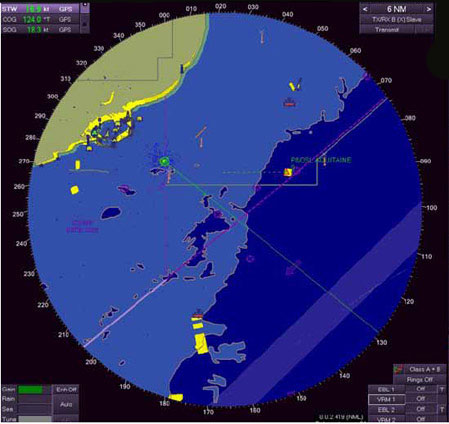On the Radar
On the Radar
Pawel wrote a nice blog post recently about using radar charts (a.k.a. spider charts) to visualise the maturity of a Kanban implementation.
In formulating a treatment plan (forthcoming blog post) at the outset of an organisational therapy intervention, it can be useful to visualise how the organisation sees the world of work, i.e. how it thinks that work should work. At the very least, this visualisation allows each person to relate their own personal beliefs, ideas and assumptions about work to the collective viewpoint.
Further, we can use visualisation as a basis for encouraging dialogue on the direction in which folks would like the organisation’s perspective to evolve in the future.
Starting Out
When starting out on mapping an organisation’s perspective on the world of work, it can help to come up with a starter-list of “dimensions” or axes to bound the visualisation. How any one organisation arrives at such a list will, of course, depend on how that organisation believes how such things should be done – autocratically, by an expert or experts, through a special team, via collaboration and joint discussion, etc..
In any case, I’d expect this list to evolve as people discuss and decide what’s important, and as priorities change.
Here’s a sample list of dimensions (also used in the later examples):
ABCCo Mindset Dimensions [Top Level Critical Dimensions]:
Note these are not yet defined in more (quantified) detail
Version: Initial illustrative list, rough draft 23.08.2012 by RWM, author
Owner: Bob Marshall, bob.marshall@fallingblossoms.com
- Breadth of participation in decision-making
- Alignment of preaching with practice
- Regard for happy, healthy staff as a business advantage
- Focus on customers
- Collaborative, win-win approach to customers
- Use of quantification
- Accounting principles (0: Cost accounting; 5: Flow/Throughput accounting)
- Conformance to process (0: Irrelevant; 5: Essential)
- Workflow model (0: Big batches and queues; 5: Single piece, continuous)
- Team longevity
- Rapid feedback
- Respect for the individual
- Use of appropriate measurement and metrics
- Understanding of principles
- Emphasis on learning
- Mutuality
- Emphasis on product quality
- Flatness of management structure (hierarchy)
- Explicit risk management
- Importance of due date performance
- Tolerance of cost issues
- Emphasis on continual improvement
- Eagerness for change
- Perspective on change initiatives (0: entirely local, 5: systemic, holistic)
- Eagerness to seek out new ideas, methods, thinking tools, principles
- Clarity and ubiquity of shared purpose
- Self-awareness (as an organisation)
- Organisational health
- Purposeful discussion and mutual learning
Note: I’ve described/labelled each dimension so that we can represented each data value by a single number in the range 0-5, where 5 is ‘best’. This makes plotting, reading and comparing the charts simpler.
Examples
Here’s a simple sparkline-ish chart showing a (current) consensus view of an organisation’s perspective on how it believes work should work (a.k.a. mindset). Note: order of the columns corresponds to the list, above:
Following discussions and/or deliberations, we might imagine another chart illustrating the desired target-condition (a.k.a. mindset), say at a point in time some months hence:
Of course, if you’re using e.g. a spreadsheet to make these charts, you could slice and dice the data in other ways, to show e.g. the dimensions of greatest difference (and thus maybe requiring greatest effort or attention).
Caveat
One thing to look for: how will the organisation in question (here: ABCCo) respond to this kind of visualisation and quantification? It may not appear too contentious, but for severely left-shifted organisations, even these simple formalisms may be too much to stomach.
Conversely, for devoutly Analytic-minded organisations, this simple formalism may prove insufficient. And for significantly right-shifted organisations, entirely other approaches may find favour.
Know thy client!
Further Reading
Competitive Engineering ~ Tom Gilb
Spider Chart Alternatives ~ Jon Peltier



